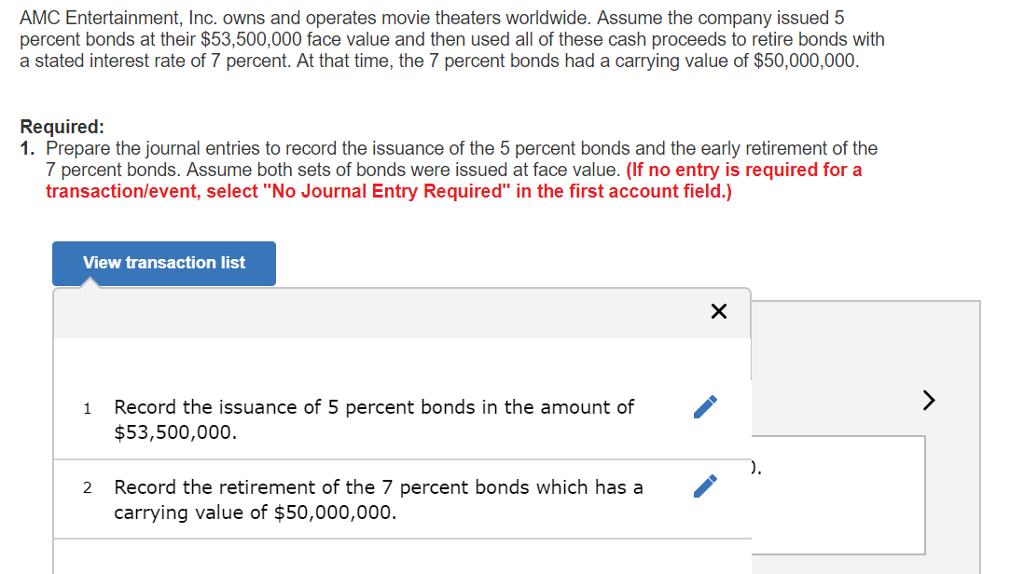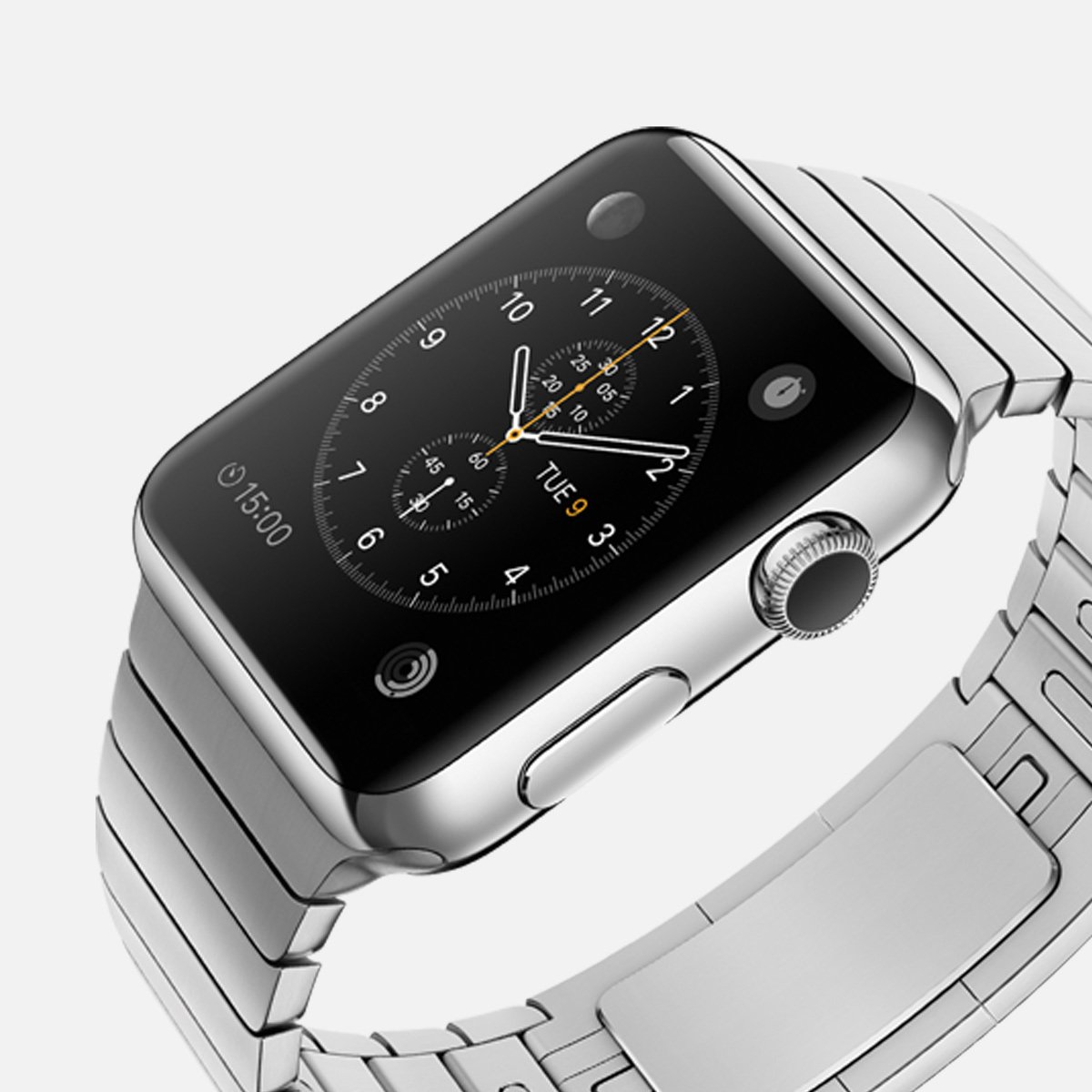How Technology Transforms Daily Life, Farming, Consumer Benefits, and Enterprise Performance
Introduction: The Transformative Power of Technology
Technology has become intertwined with nearly every aspect of modern life, from the ways we work and learn to how we eat, socialize, and manage global businesses. The last decade has seen accelerated digital adoption, with over 5.56 billion internet users worldwide as of 2025-a figure that continues to rise annually [5] . As digital tools evolve, they bring both significant benefits and new challenges, impacting individuals, industries, and economies alike.
How Technology Has Changed Our Lives
The influence of technology on daily life is vast and rapidly growing. In the 1980s, only 15% of U.S. households had a computer; today, 94% are connected, with smartphones, tablets, and wearable devices now standard [4] . This shift has redefined how we access information, communicate, and even perceive reality. Digital natives-those who grew up with technology-now see online life as integral as real-world experiences.
Technology has enabled remote work, virtual collaboration, and telehealth, especially since the global pandemic, creating new opportunities for learning and business [2] . However, this reliance also brings challenges, such as increased screen time-averaging over 7 hours per day for Americans-and a growing risk of digital addiction, with more than a third of the global population affected [3] , [1] .
Practical Application: To make the most of technology while minimizing risks, consider setting screen time limits, using focus tools, and seeking guidance from mental health professionals or digital wellness organizations if you feel overwhelmed by device usage. Many local health departments and organizations like the American Psychological Association provide resources for managing tech-related stress.
How Technology Improves Farming
Agriculture has experienced a revolution through technological innovation. Modern farms now use precision agriculture tools, satellite imaging, automated tractors, and even drones to monitor crop health, optimize irrigation, and increase yields. These advancements allow farmers to reduce resource waste, improve sustainability, and increase profitability.
For example, GPS-guided equipment can plant seeds with remarkable accuracy, while smart sensors monitor soil conditions and deliver real-time data for better decision-making. Drones survey large fields in minutes, identifying pests or water stress before problems escalate. This integration of data analytics and automation means fewer chemicals, lower labor costs, and more resilient food systems.
Guidance for Access: Farmers and agribusinesses interested in adopting new technologies should contact their local agricultural extension office or land-grant university for educational programs and grants. The U.S. Department of Agriculture (USDA) also offers technical assistance and information on available funding for precision agriculture technologies. Search for “USDA precision agriculture programs” or consult industry associations like the American Farm Bureau Federation for additional support.
How Has Technology Directly Benefited Consumers?
Consumers have seen a multitude of direct benefits from technological advancement. Here are key ways technology serves the modern consumer:

Source: wallpaperaccess.com
- Convenience : Online shopping, digital payments, and instant communication make everyday tasks faster and easier [2] .
- Access to Information : Anyone with an internet connection can research products, compare prices, or learn new skills at any time [5] .
- Enhanced Healthcare : Telemedicine and wearable health devices enable patients to monitor conditions, consult with doctors remotely, and access health records securely.
- Personalization : AI-driven platforms recommend products, entertainment, and services tailored to individual preferences, improving satisfaction and efficiency.
- Cost Savings : Digital platforms often reduce the cost of goods and services by increasing competition and streamlining supply chains.
How to Access Benefits: To take advantage of digital consumer tools, start by exploring reputable online marketplaces, using comparison websites, and installing trusted health or finance apps. If you have limited digital literacy, many local libraries, community colleges, and nonprofit organizations offer free digital skills workshops. For telemedicine, check with your insurance provider or search for “telehealth services” at major healthcare systems in your area.
How Technology Audits Drive Cost Savings and Enhance Operational Performance
For businesses and large organizations, regular technology audits are crucial for maintaining efficiency, security, and cost-effectiveness. A technology audit systematically reviews your company’s IT infrastructure, software, and digital processes to identify redundancies, security risks, and cost-saving opportunities.
Key Steps in a Technology Audit:
- Assessment : Catalog all hardware, software, and digital services in use. Identify licenses, subscriptions, and hardware inventory.
- Evaluation : Review system performance, data security protocols, and user access policies. Benchmark against industry best practices.
- Optimization : Highlight underutilized resources, duplicate solutions, or outdated systems that could be consolidated or retired.
- Implementation : Develop a plan to streamline processes, upgrade security, and renegotiate vendor contracts for better pricing.
- Monitoring : Set up regular review cycles to ensure ongoing efficiency and security.
Real-World Example: A mid-sized company conducted a technology audit and found that by consolidating software licenses and moving to more efficient cloud services, they reduced IT spending by 25% and improved employee productivity through better collaboration tools. Many organizations see similar gains by identifying and eliminating “shadow IT”-unapproved apps and software-which can drain budgets and create security vulnerabilities.
How to Get Started: If you are a business leader or IT manager, you can initiate a technology audit by forming an internal review team or hiring a certified IT consulting firm. Look for consultants with proven track records and relevant certifications, such as Certified Information Systems Auditors (CISA). For guidance, you may search for “technology audit best practices” and consult resources from organizations like ISACA (Information Systems Audit and Control Association).
Potential Challenges and Solutions
While technology offers immense benefits, it also introduces new risks and challenges. Increased screen time is linked with sleep deprivation, attention difficulties, and even physical issues such as “tech neck” and eye strain [1] . Businesses may struggle with digital overload, security threats, or resistance to change during digital transformation efforts.
Solutions Include:
- Implementing digital wellness programs for individuals and teams
- Providing ongoing training and support for new technologies
- Enforcing strong cybersecurity policies and regular system updates
- Encouraging work-life balance and screen breaks
For individuals, using blue-light filters, setting device-free times, and seeking professional support when needed can help mitigate health impacts.
Alternative Approaches and Future Trends
As technology continues to evolve, alternative approaches such as open-source software, community-supported agriculture (CSA), or peer-to-peer services may offer more inclusive and resilient models. For example, urban farmers are using hydroponics and vertical farming to bring food production closer to consumers, leveraging IoT sensors and data analytics to optimize growth without traditional farmland.
Looking ahead, advancements in generative AI, blockchain, and quantum computing promise further transformation. Staying informed through reputable industry sources, participating in online forums, and attending professional development workshops can help individuals and organizations adapt proactively.
Key Takeaways
Technology is reshaping every facet of life, from how we connect and consume to how we grow food and operate businesses. By understanding the opportunities and risks, and by taking practical, informed steps, individuals and organizations can harness the full value of digital transformation.

Source: community.thriveglobal.com
References
- [1] Virtual Addiction (2025). Technology Addiction Statistics 2025.
- [2] Pew Research Center (2021). Experts Say the ‘New Normal’ in 2025 Will Be Far More Tech-Driven.
- [3] Exploding Topics (2025). Alarming Average Screen Time Statistics.
- [4] Motus (2025). How Does Technology Impact Your Daily Life?
- [5] AIPRM (2025). 100+ Technology Statistics 2025.
MORE FROM couponnic.com













